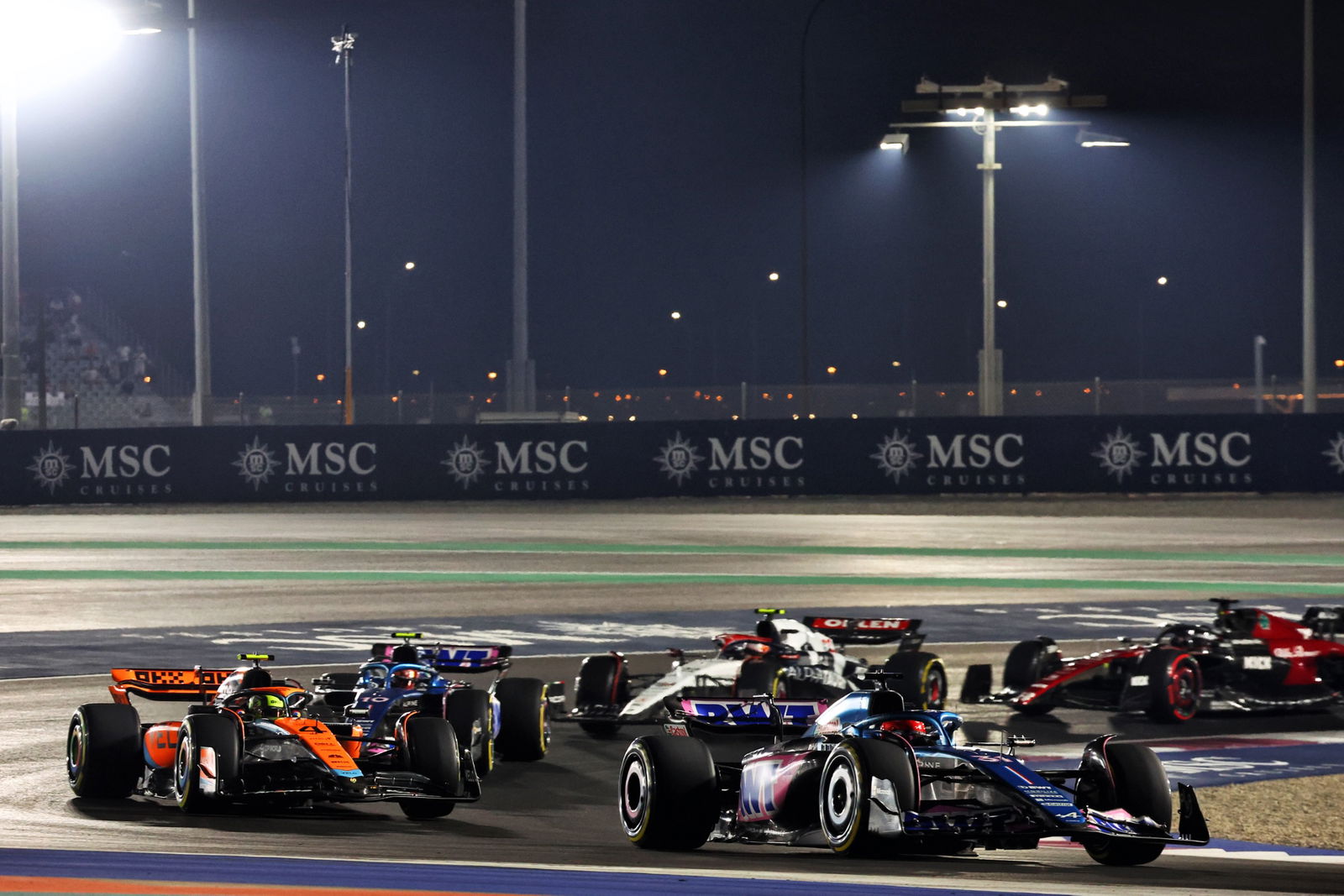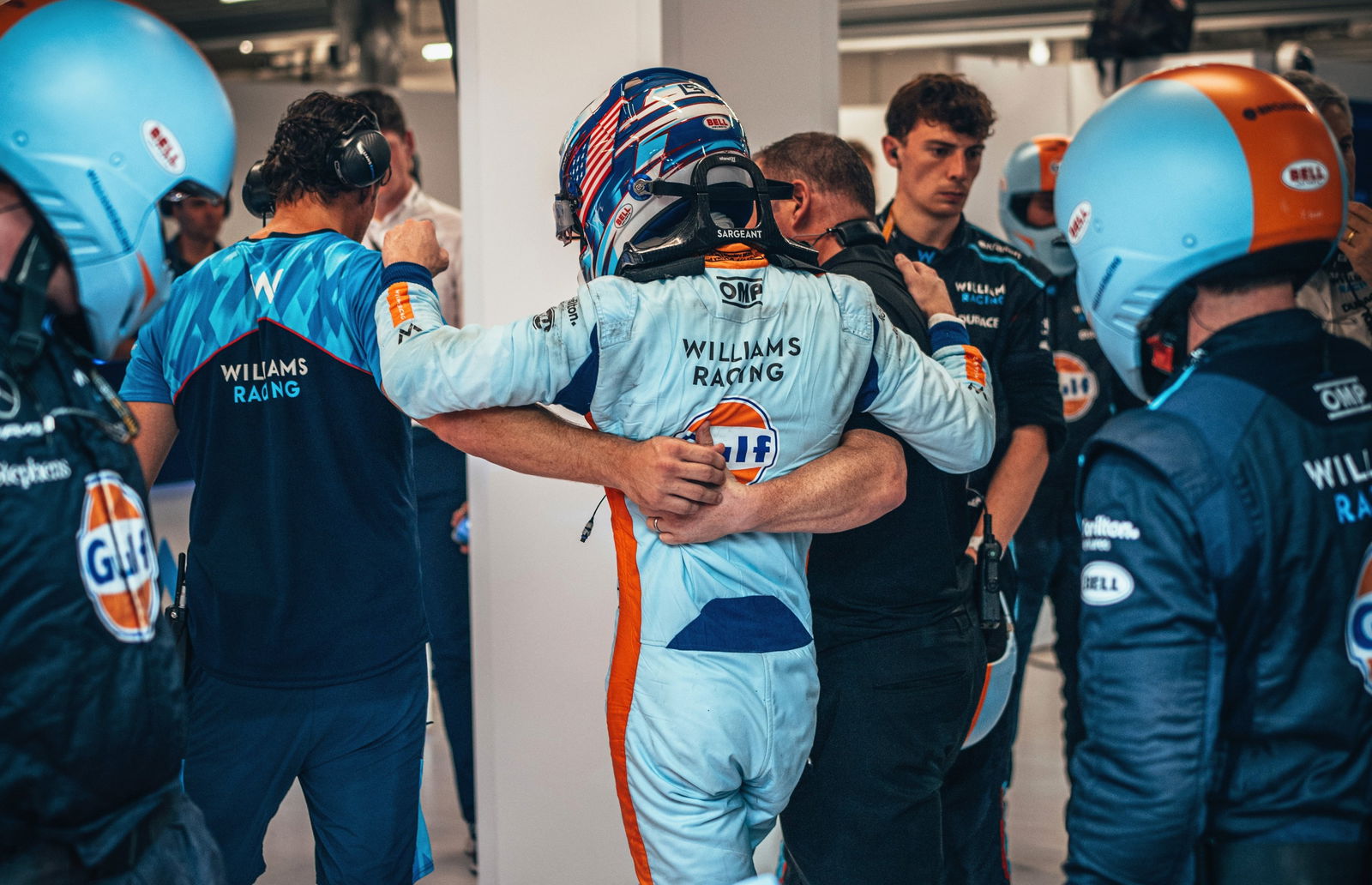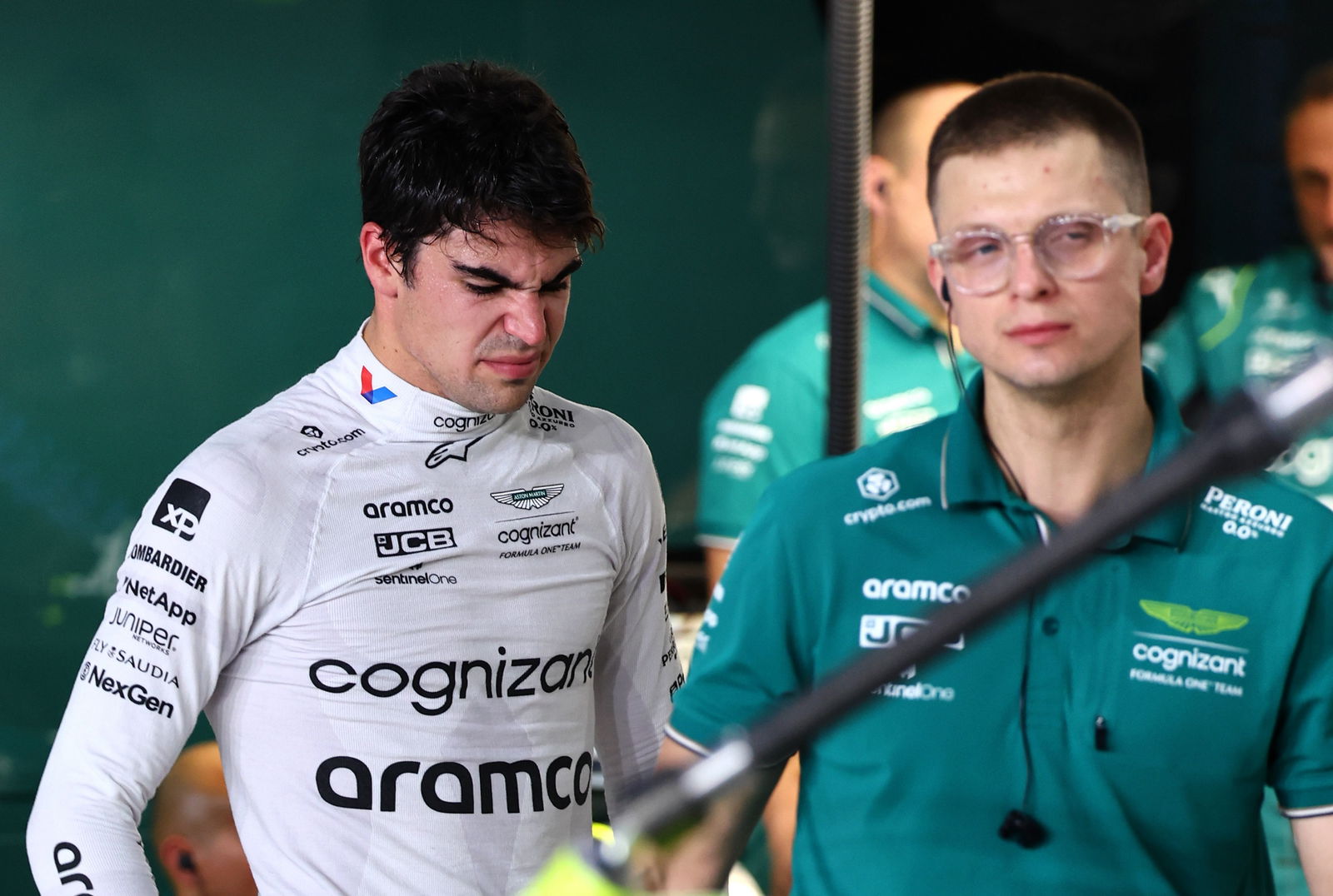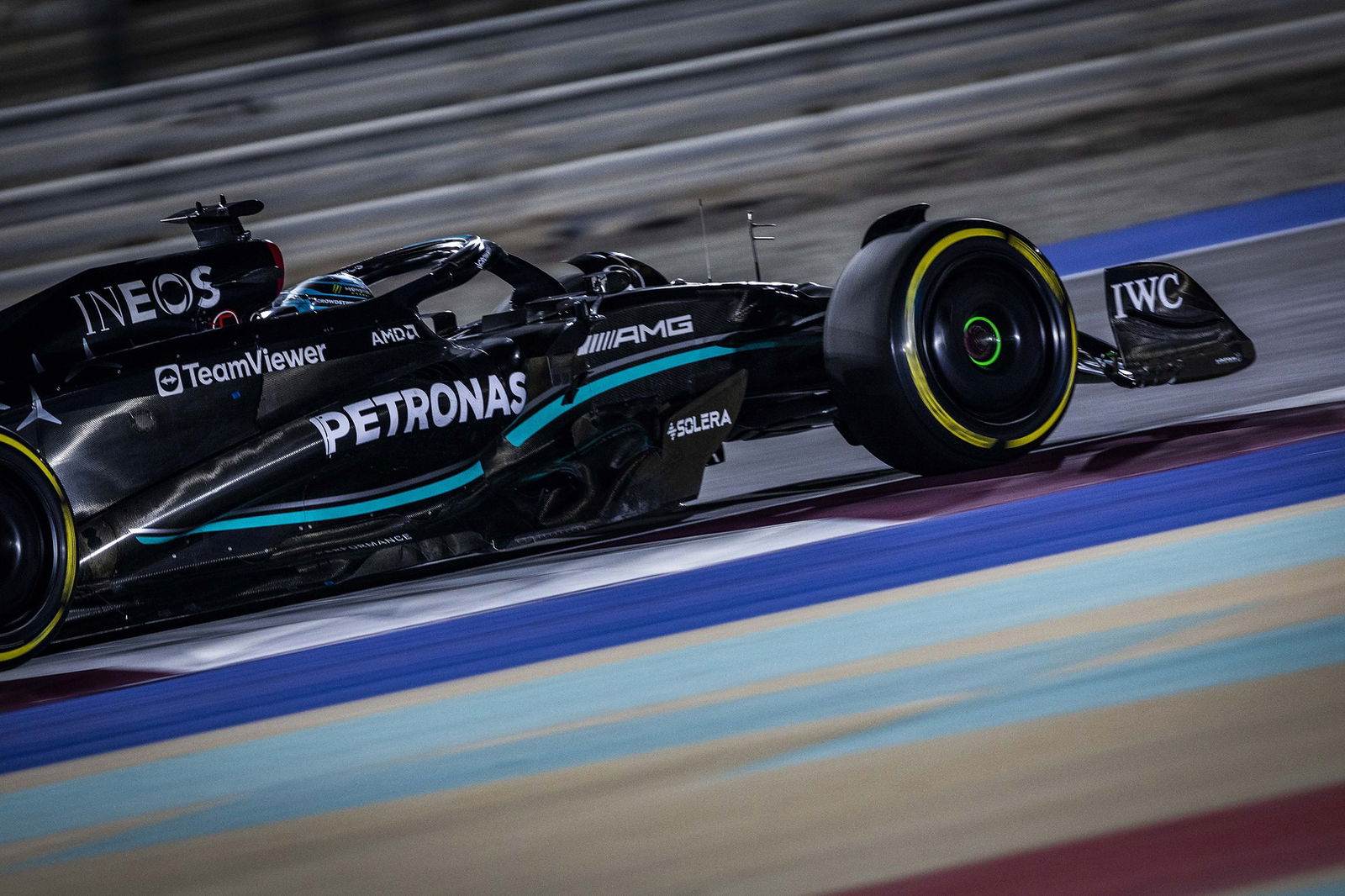‘Unbelievably dangerous’ - F1 trainer reveals what drivers’ bodies went through at Qatar GP

Several drivers needed medical attention after the race, with Logan Sargeant retiring due to intense dehydration and his Williams teammate Alex Albon treated for acute heat exposure.
Alpine’s Esteban Ocon vomited in his helmet, while Aston Martin driver Lance Stroll admitted to basically “passing out” in high-speed corners with high loaded G-forces and suffering from “blurred” vision.
"I've heard that it was one of the hardest conditions that anyone has ever seen," Sam Village, a performance coach who has worked with Daniel Ricciardo, Carlos Sainz and Zhou Guanyu, told the Sky Sports F1 podcast.
"I've spoken to Zhou's trainer, who also worked on the grid with Felipe Massa for his whole career as well, and he said he has never seen it hotter than that.

"Then I spoke to Carlos [Sainz's] coach and he said that the dry heat during the day meant that the humidity was created in this landscape and it just became unbearable.
"I think there is a reason why the football World Cup [in 2022] was in the winter. I think we can all recognise that now.
"The conditions were very hard and if it was maybe one or two races like that a year, we could prepare for it a lot better. But with the schedule that a racing driver has it's really difficult to prepare a racing driver for a race in a different environment really."
Village shed more light on exactly what the drivers put their bodies through during the gruelling 57-lap race, which took place in temperatures in excess of 30C and high humidity.

"It was a combination of the length of the stint they were given, the new track surface and the heat," he explained.
"The characteristic of the Qatar track is there are lots of high-downforce fast corners.
"When they go through these high-downforce fast corners they tense and ultimately, they hold their breath a little bit.
"So their breathing rate is the same as when they are asleep but their heart rate is between 150 and 180 [bpm]. So, there's an element of hypoxia in the brain as well potentially. That's the challenge.
"Roughly they are experiencing between 3-6G through each corner, each braking point, so those loads are being put on to them as well.
"They had to deal with a lot and it's pretty impressive to be fair, without loads and loads of conditioning that we would probably put through an endurance athlete if they were going to Hawaii to race in an Iron Man, for example.
"And, also, they are getting hot water basically to drink for an hour and a half, an hour 45, whereas if a guy was racing in those same temperatures in endurance they'd be covering themselves in water every 15-20 minutes, they'd be able to have a cold drink as well.”

The FIA has promised to take action to protect drivers from the type of extreme conditions they experienced in Qatar, and Village stressed the seriousness of the matter.
"I think the moment any sort of light-headedness is even discussed something needs to happen because that's unbelievably dangerous," he said.
"It's quite common to faint in the heat, there's no doubt about that. One hundred per cent it needs to be looked at."


